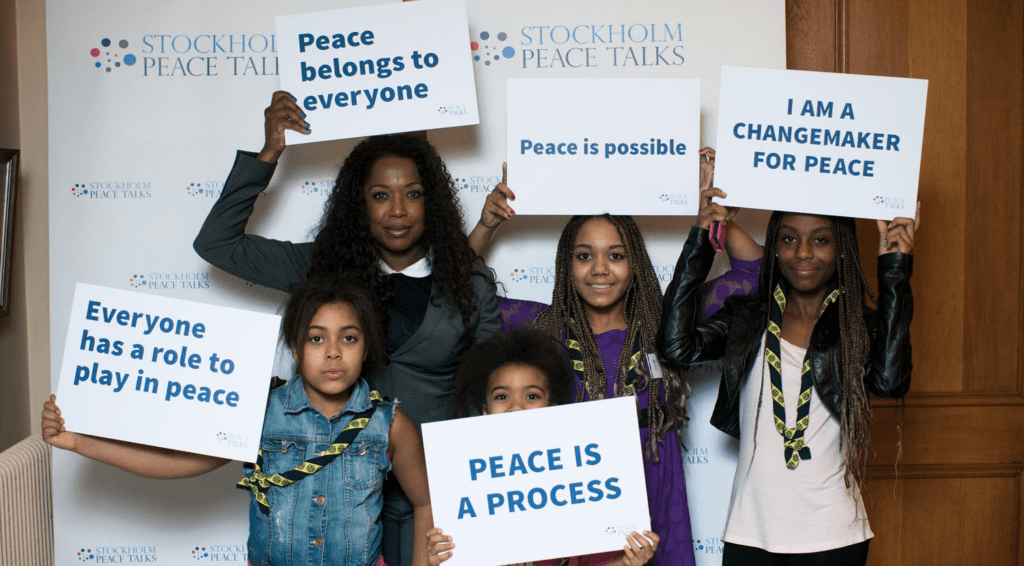
A small and vocal minority is actively working to unravel a universal human right – the right to gender equality. If we allow the challenge to proceed unanswered, the universal human rights tapestry is at risk of unraveling. Why? Women’s rights are not a woman’s issue. They are a human issue – their violation stems from the same source that leads to the violation of other core human values – such as dignity, safety, autonomy, and self-expression. Here are four key steps to overcome the naysayers and to keep alive the spirit and reality of gender equality for the next generation.
First, rather than pushing for « women’s rights », push to make the unseen seen, no matter who they might be. The unseen are often women, but not women alone. They include and are often also youth, the elderly, individuals with disabilities, and other marginalized or disenfranchised groups. Part of today’s popular debate concentrates on gender diversity, which is important in its own right, but it does not diminish the fundamental obligation to ensure that no individual should go unseen.
Second, it helps but is not enough merely to be seen. To realize the universal Women, Peace and Security goals and other core equality-promoting agendas, the unseen need to be heard and their perspectives meaningfully taken into account. Once their voices join the discussion, it becomes easier to progress from counting women and girls to making them count. Tolerating others is a passive and ultimately insufficient response; mutual respect, on the other hand, opens the possibility of active inclusion.
Third, we will miss the opportunity to continue transforming our societies for the better if we account for groups, including and especially women, as primarily victims, instead of thinking of them as agents of change. At Interpeace, we support communities working to transform their societies towards peace. However, there is no chance of peace if fifty percent of a community is excluded. More specifically, there is no peace in the home, community, and national and global level if any group is treated as less dignified, valued, or less worthy of playing a consequential role in our common human story.
Finally, local context is crucial but cannot be an alibi for inaction. Cultural norms are too often seen as a bottleneck rather than as an opportunity to engage in difficult conversations aimed at building trust. Through such conversations come joint, locally-led, incremental action and new entry points via fathers, sons, brothers, mothers, mentors, and allies. Cultural norms can enable action so long as we embrace the idea that it is not a favor to women or to society to advance gender equality. Rather, it is a precondition for a resilient and healthy one.
It is clear where our starting point must be. And it is clear that simple steps can strengthen our shared human obligation. No matter where we come from, who or what we believe in, or the gender we ascribe to, gender equality is right in principle, in practice, and we must continue to champion it as a step towards better societies for all.